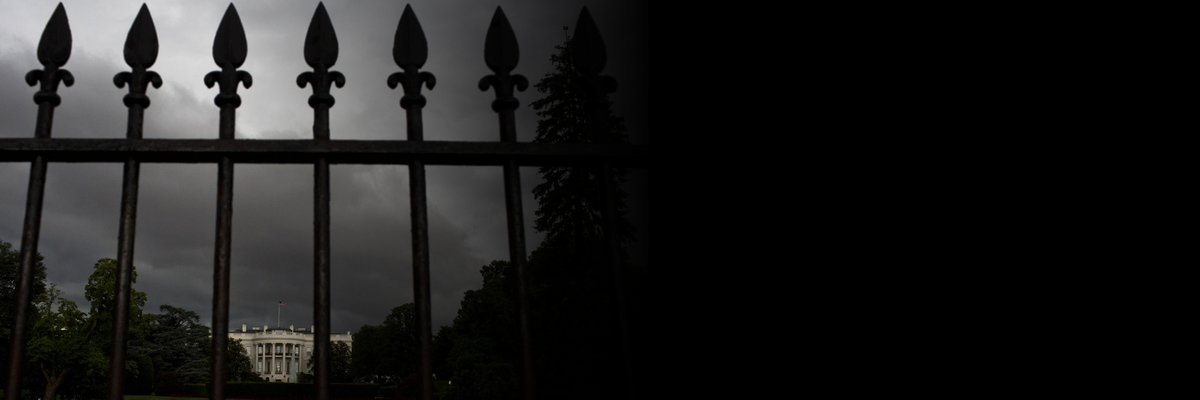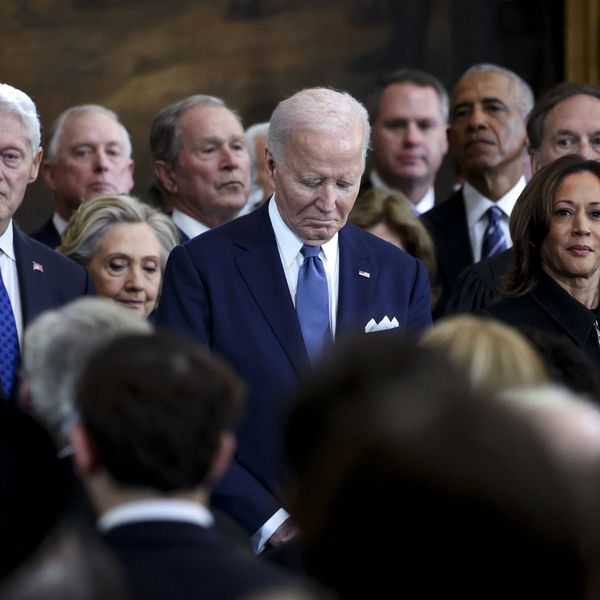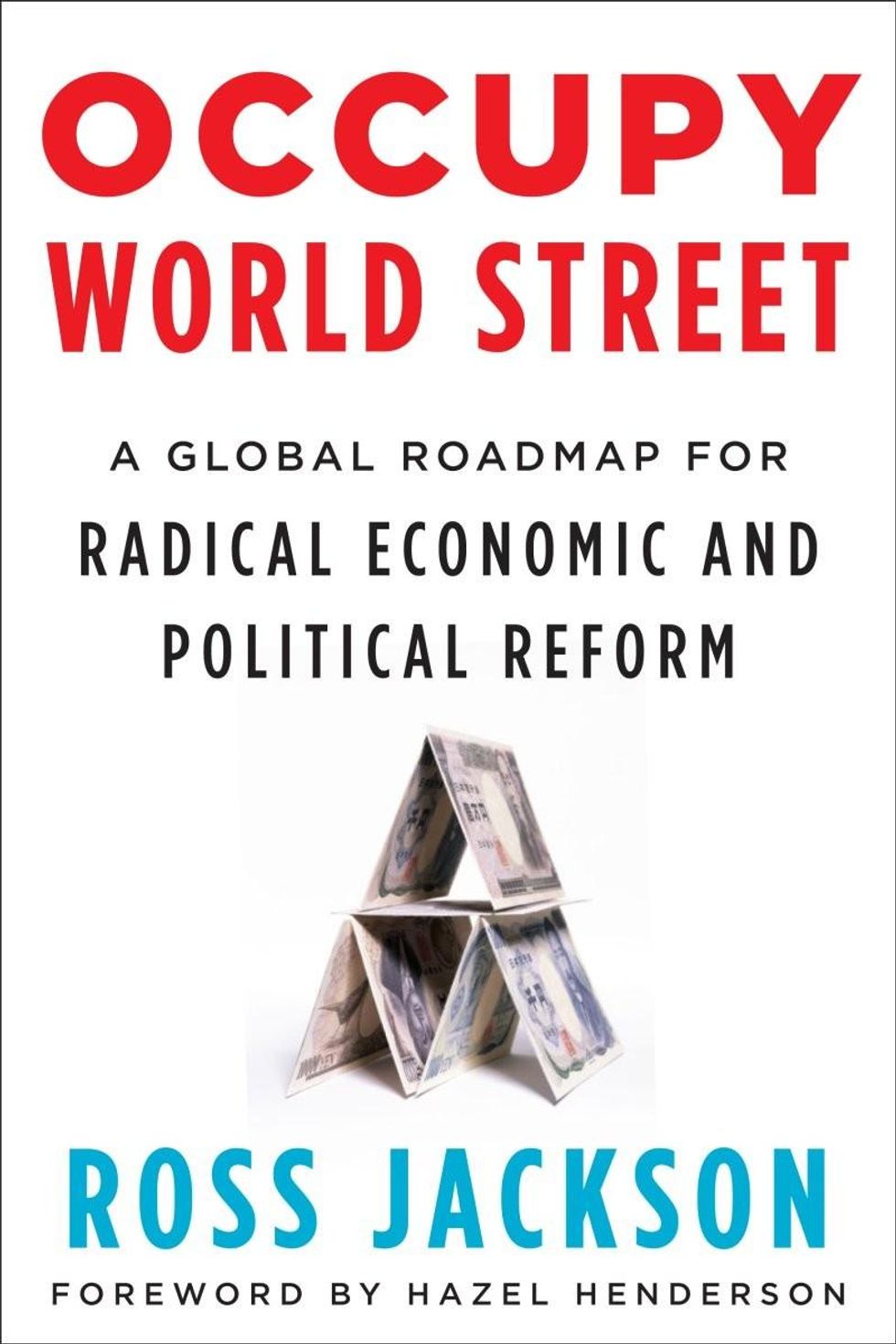A great deal has been written recently about the problem of the ceiling on US government debt, which is a threat to the proper functioning of the US government.
Rather than offer more hand-wringing over what austerity measures should, or shouldn't be, implemented, or what taxes should be raised--I propose a simple, two-step solution that does not require trillion dollar coins or constitutional challenges.
Step 1: Redefine the definition of government debt to include only Treasury securities that are an actual cost to the government.
This is so logical that it may come as a surprise to some that this is not already the case. The two major no-cost exceptions are the Federal Reserve's holdings (about $1.6 trillion) and intra-governmental holdings (about $4.8 trillion). The Fed's profits each year (aside from a minor 6% dividend to its private shareholders) are returned to the Treasury each year, so essentially the government gets back all the interest it pays on the Fed holdings. This proposed reform is also logical from the point of view that the Fed holdings play no role whatsoever in the real economy. They are in essence nothing more than an internal accounting entry between the Fed and the Treasury Department. The intra-governmental holdings are primarily social security related, are in fact netted out in the government's annual accounts, and are in any case unnecessary, as future social security obligations can always be met with 100% certainty with a non-convertible US dollar. Treatment of the intra-governmental holdings is not, however, critical to my proposal. The important reform is the removal of the Fed holdings from the definition of government debt.
Step 2: The Fed can now, if it wishes, redeem all government debt by crediting the accounts of holders.
It can do this in principle with a few computer keystrokes. To use a private bank analogy, the Fed simply replaces what is essentially a time deposit (Treasury securities) with a demand deposit (bank reserves). The net effect on the Fed's balance sheet is to add the Treasury securities to the asset side, and a corresponding addition to bank reserves of the non-government sector on the liability side. At the same time, the Fed must raise the interest rate it pays on these reserves (currently 0.25%) to the targeted Fed funds rate, which is slightly higher. This is necessary to replace the previous procedure of selling Treasury securities to keep interest rates at the targeted level.
The procedure is non-inflationary. No additional money and no new financial assets are added to the economy. It is a simple swap operation: one asset traded for another. Interest-paying government debt no longer exists. The government can continue to spend into the economy as it currently does according to Congressional legislation. Note that the net cost to the government of the bank reserves is less than the current cost of treasury securities held by the public, as some higher yielding bonds disappear, so there would even be some cost savings. Note also that without publically owned Treasury bonds, it will not be possible for the Fed to influence the yield curve as it does today through its open market operations. In fact there will be no yield curve if there are no government securities outstanding with the public.
However, in practice, the Fed need not, and would not, redeem all the Treasury securities, but enough to keep the public holdings below the debt ceiling. This is clearly what would happen in practice, as it gives the Fed maximum flexibility in influencing interest rates along the whole spectrum, which is, after all, its most important function. There need not be any change in procedure from today. In fact, the removal of Fed holdings and intra-governmental holdings alone (Step 1) is enough to reduce interest bearing holdings to about 60 percent of the current debt ceiling ($16.4 trillion).
Assuming no further reforms, the Treasury would, however, have to continue the current Wizard of Oz procedure of issuing new securities to the private banks, only to be instantaneously bought by the Fed, in order to get the liquidity it needs to spend. How much simpler and more transparent everything would be if the Treasury simply bought the Fed from its private bank owners and arranged for access to an unlimited interest-free credit line that allowed it to pay its bills as requested by Congress without meaningless Wizard of Oz operations and without an unnecessary limit on spending imposed by the self-same Congress.
With the proposed solution, deficit spending simply adds to the bank sector's reserves at the Fed without creating additional government debt--unless, of course, you define bank reserves--which are a net cost to the government--as part of government debt. (Now there is an interesting idea for further contemplation!)



